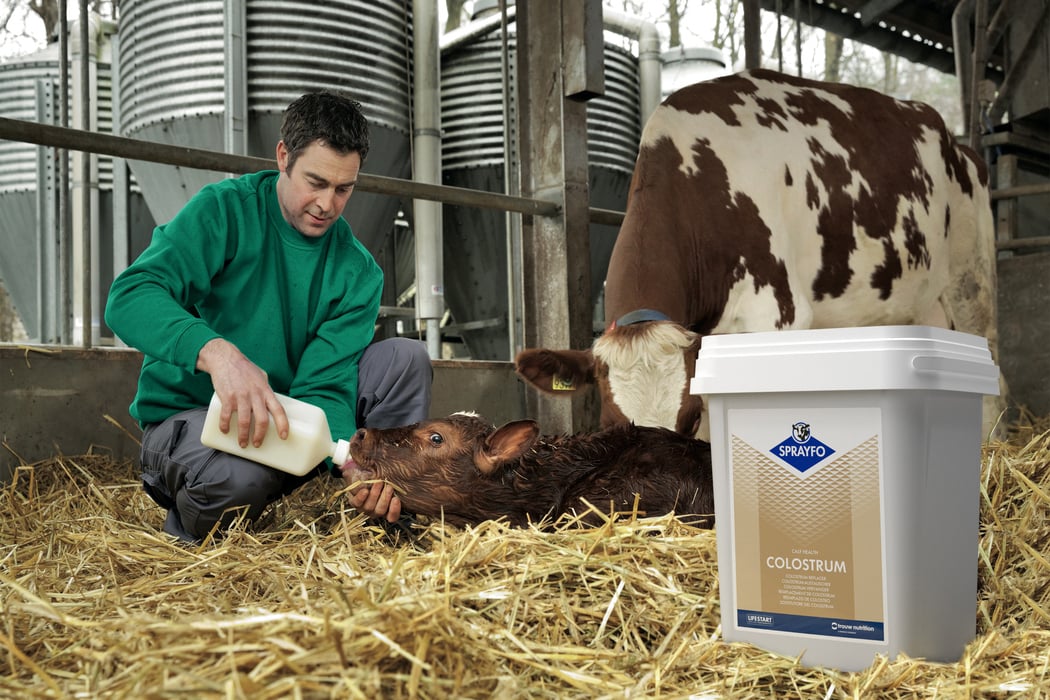Only 65% of Dutch colostrum samples was of good quality, heifers or cows yielding more than 8 litres of milk did not have poorer quality colostrum
LifeStart Pillars
Colostrum management for dairy calves
If calves achieve a blood serum IgG level higher than 10 mg/ml, then the transfer of passive immunity through colostrum has been successful. If calves do not receive the high-quality colostrum needed to protect them against disease, and their serum IgG is lower than 10 mg/ml (meaning failure of passive immunity transfer), the results are poorer health, lower growth rates and, ultimately, higher mortality rates. That’s why aggressive colostrum management is so important for dairy calves.
Colostrum as nutrition for calves
In addition to the critically important IgGs colostrum introduced into a calf's system, high-quality colostrum is also quite nutrient-dense. It contains about twice as much dry matter and five times as much protein as whole milk, and it has a higher fat and vitamin content too. Colostrum is also rich in bioactive compounds, such as hormones and growth factors, which contribute to the quality of a calf's development, growth and performance.
Lifestart colostrum management

As the calf's ability to absorb the antibodies present in the colostrum rapidly reduces within the first 24 hours of life, it’s important to feed a good amount of high-quality colostrum before this window narrows. Current LifeStart recommendations for newborn dairy calves include an initial feeding of 3 to 4 litres of high-quality colostrum as soon as possible, preferably within one hour of birth. An additional 2 litres should be fed six hours later and, where possible, an additional 1 to 2 litres can be fed at 12 hours after birth. Research has shown that feeding the right amount of high-quality colostrum during the right time frame not only ensures better health and growth for young dairy calves but, when coupled with a higher plane of nutrition preweaning, also leads to better long-term performance and production.
Join LifeStart UPDATES today and be the first
to learn more about...
Trouw Nutrition is dedicated to optimize calf rearing principles by developing science based solutions that will enable dairy farmers to produce in a more sustainable way. Together with our global network of scientific institutes, we share solutions to deal with common challenges of the dairy industry.
In 2014 Trouw Nutrition initiated the Kempenshof LifeStart trial in which calves are monitored from birth until the end of their productive life. This trial still continues today.
Our team will share their latest findings and results as well as other important information related to calf rearing from around the world.












